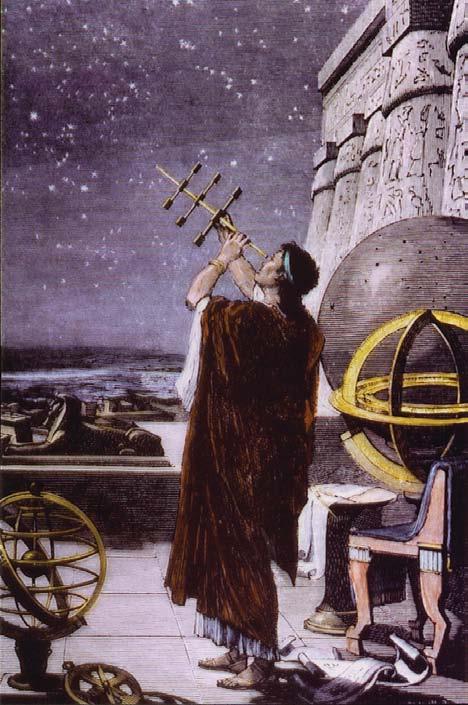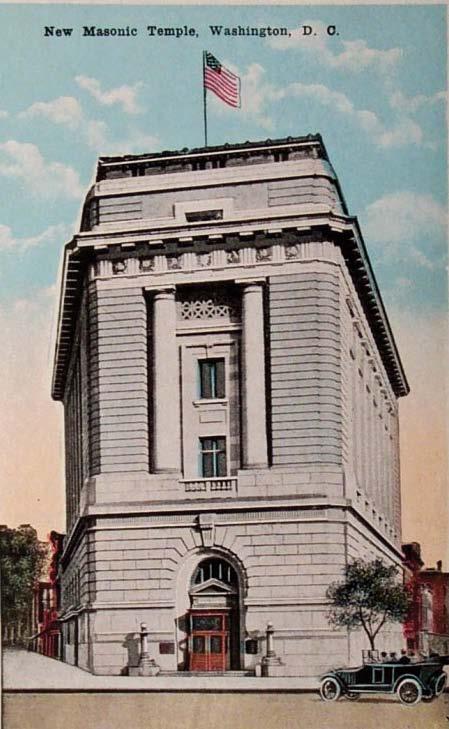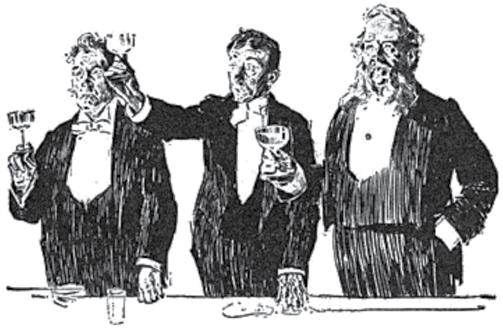
6 minute read
The Badge of a Mason
Marcus A. Trelaine
Grand Preceptor
Recently, Cincinnatus Lodge No.76 initiated several Perhaps we should more closely examine our teachings men as Entered Apprentice Masons. It is a powwhich direct us to discover the power, the wisdom and erful ritual we all share in common, yet I suspect the goodness of the Grand Artificer of the Universe, that carries very different interpretations of its meaning and we may view with delight the proportions which connect significance. One of the most common symbols is the this vast machine. white apron, which Mason and profane alike find synonymous with Freemasonry. But other than what we learned in the ritual; that our white apron is the “Badge of a Mason” and crafted from lambskin as an emblem of innocence, what else do we know? As a badge of its labors, the apron also signifies that Masons are workers and builders. The apron has been used as a mark of distinction since the earliest days of man, and has been found in many During the Age of Aries (c.2260-100 B.C.), manifestations of the ram were depicted in stone, paint and story heralding the new age. In Egypt, the ram principally became a symbol of the resurrected Sun, and visible manifestation of the Sun-god and its creative power. Through this association the sacred Ram was an embodiment of the principles of fertility, vitality, new life and creative energy. similar organizations of The Temple of Amon-Ra initiatic nature includat Karnak, the largest ing the Essenes and temple complex ever the Mithraic Mysteries, built in Egypt, bore the and is conspicuous on likeness of the supreme statues of some Egypsun-god with the horns of tian and Greek deities. a ram. The road to KarWe note our apron is made up of two parts: a square and a triangle, representing four and three, respectively. The symbolism of these numbers, as well as their sum, are the subject of intensive study made especially noteworthy by Pythagoras. And, it should be mentioned that the word, candidate, comes from the Latin candidatus, which means “clothed in white”, and offers a first clue into the symbolism of its color. nak through Luxor was formed from the wings of two granite sphinxes bearing the head of Aries. For a brief period during the 18th Dynasty, Pharaoh Akhenaten attempted to introduce monotheism in the 13th Century Egypt through the worship of Aten, embodied simply as the rays of the sun. However, in the reign of Tutankhamun, the successor of Amenhutep IV who followed Akhenaten, the veneration of Amun was restored and the worship of a monotheistic “…more ancient than the Golden Fleece or Roman Eagle,…” But again, why do we wear a white lambskin at all? diety again faded away into history. Would not an apron made of tanned cowhide or heavy burlap cotton be a much more durable material than lambskin to protect workers in the quarry? And just how old is its symbolism anyway? We are told that it is more ancient than the Golden Fleece or Roman Eagle, and more noble than the Star and Garter or any other order or honor which might be bestowed upon a Mason. Abraham in the 19th Century BCE and Solomon later in the 10th BCE established the concepts and practices of Judaism. To these ends, King Solomon built the First Temple of Jerusalem as the center of religious worship and as a symbol of national unity. Incorporating the predominately Egyptian ceremonial ritual handed down
from Moses, and the initiatoday. Emphasizing personal tory rites derived from the and governmental moralMysteries of Chaldaea; King ity, correctness of social Solomon of Israel and King relationships, justice and Hiram of Tyre established sincerity of Confucianism; the temple practices for and the relativism of human spiritual consciousness in ways of life, ways of speakthe House of Light in a new, ing and peaceful behavior purely Jewish form. of Taoism; the radically new During the time the Second Temple in Jerusalem was built in 516 BCE and destroyed in 70 AD, philosophies characterized a rebirth of the human spirit rising in the east like the morning sun. Claudius Ptolemy explained But it was in Mesopotamia in his work the Tetrabibduring the Age of Aries lios, the power of the ram that the greatest formative in celebration of the death influence on human awareand resurrection of the sun ness of the divine was likely came to rule over Judea, formed. In the 7th Century Samaria, and Galilee, and BCE, the prophet Zarathusall the other ancient lands tra, known as Zoroaster in of Palestine. Latin, founded the precepts The ancient Greeks during the period between roughly 1580 BCE to 360 BCE, oriented the construction of many of their sacred temples in relationship to Hamal, the brightest star in Aries, in Arabic Al Ras al Hamal, meaning “the Head of the Sheep.” In the second century BCE the Greek astronomer Hipparchus took this orientation further and established the basis of the modern system for measuring positions of stars and other fixed objects in the heavens. However, rather than selecting Hamal, he focused on the Vernal Equinox as his reckoning point, the place where the Sun crossed the Celestial Equator. This detail gave everlasting fame to one of the smallest and dimmest constellations of the zodiac, and why all astrological calendars since then began with the sign of Aries. of our modern day creedal religions stating, “Ahura Mazda is the one universal and transcendental God, the uncreated Creator to whom all worship is ultimately directed”. Linking the practices and philosophies of the East and West, Zoroastrianism formulated the basis of creative dualism - the cosmic battle of good and evil spiritual forces and the equilibrium of truth and order balanced with deception and chaos. Similar creeds can be found in Judaism in the shema or daily prayer, “Hear O Israel, the Lord is our God, the Lord is One”; the shahadah of Islam, “I bear witness that there is no god except Allah, and that Muhammad is His messenger”; and the Nicene Creed of Christianity, “We believe in one God, the Father Almighty, Maker of heaven and earth, and of all things visible and invisible, And in one Lord Jesus Christ, the only-begotten Hipparchus (c 190 – 120 BCE) is considered to be the greatest of the astronomers of classical antiquity This was also the time of Socrates, Plato and Aristotle Son of God, begotten of the Father before all worlds”. and the development of new forms of inquiry, debate and logic. Their combined methods to question commonly held truths and attempts to characterize nature still have a profound influence on philosophical and theological thought in the Western world. Like the mythical phoenix, which arose in its own ashes or the Golden Fleece, capable of returning life to the dead, the ram was the symbol of the re-emergence of the Sun, the resurrection of the light in man, and a renaissance of awareness in the Divine. As the sign of the The influence of Aries was not confined to the west. Ram arose in the heavens during the Spring Equinox, Known as Kiang Leu and later as Pih Yang, meaning it signaled the time of year that life is renewed, forever the “white sheep”, an era of great cultural and intellecbinding these celestial movements to a philosophy that tual expansion was also occurring in the East. In China, recognizes the East as the point of ascension and the a new path for human conduct was being espoused spiritual source of creation, awareness and growth; by Confucius and Lao-Tse in the 6th Century that still tenets which Freemasonry incorporates into the Badge guides the actions of hundreds of millions of people of a Mason. n








